Each week sees the disappearance of a Christian religious building in France due to demolition, arson or remodeling. Two-thirds of the fires in Christian religious buildings are caused by arson. Acts of violence against Christians have increased tenfold between 2008 and 2019, the V4NA news agency reported in an earlier piece.
As reported by The European Conservative news site, 60 percent of the attacks can be attributed to far-left and satanist groups, with the remaining 40 percent committed by radical Islamists.
Smoldering religious heritage
Edouard de Lamaze, head of the Observatory for Religious Heritage, recently pointed out that urban and rural landscapes are undergoing a permanent transformation because while Christian churches are vanishing, the number of mosques appears to be proliferating.
On April 15, 2019, the whole world was shocked to see the Paris Notre-Dame go up in flames, and nearly a year later on July 18, the Cathedral of St Peter and St Paul in Nantes was ablaze. In the 15 months between the two disasters, more than twenty church buildings caught fire in France.
The causes of the fire in the Paris cathedral are still unknown. In Nantes, however, there is strong suspicion that the fire was caused by a criminal act, as was the case with the fire at the Church of Saint-Sulpice in Paris on March 17, 2019, a month before the fire at Notre-Dame.
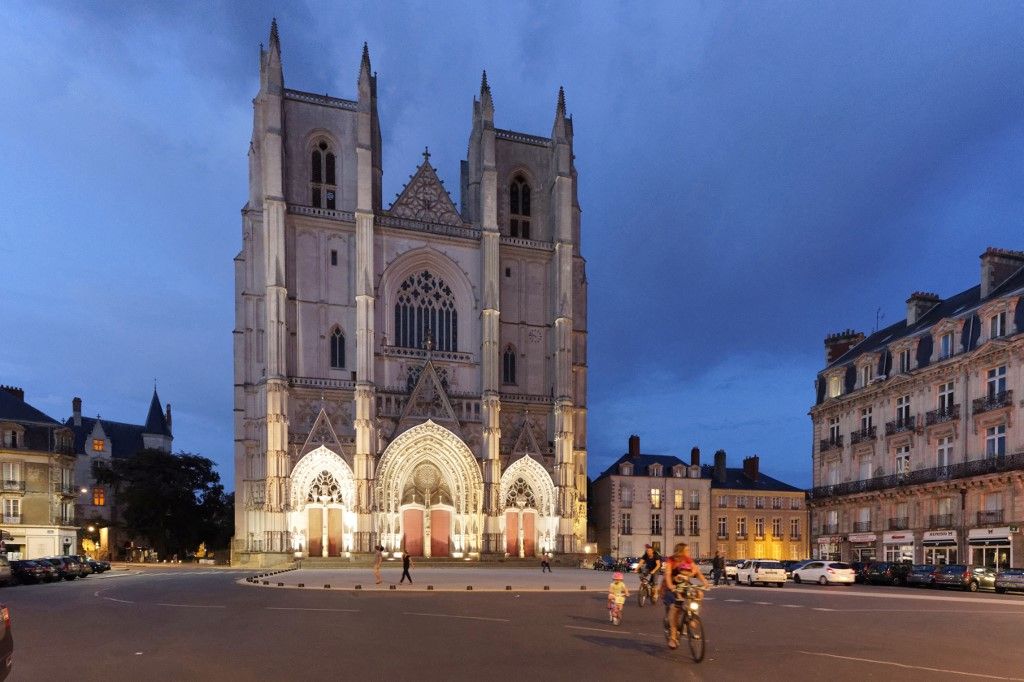
The land of blazing cathedrals
The spectacle of the destruction at Notre-Dame in Paris on April 15, 2019 shocked not only Parisians and the French, but the whole world. One of the greatest symbols of Christianity was severely damaged: its top had fallen and its roof had collapsed. The tragedy occurred during the Holy Week preceding Easter, the greatest Christian feast. It was a great stroke of luck that the Gothic cathedral was saved from total destruction, as also reported by Magyar Nemzet.
And after the Notre-Dame fire, a church in the Bouches-du-Rhone department in southern France went up in flames on Easter Sunday.
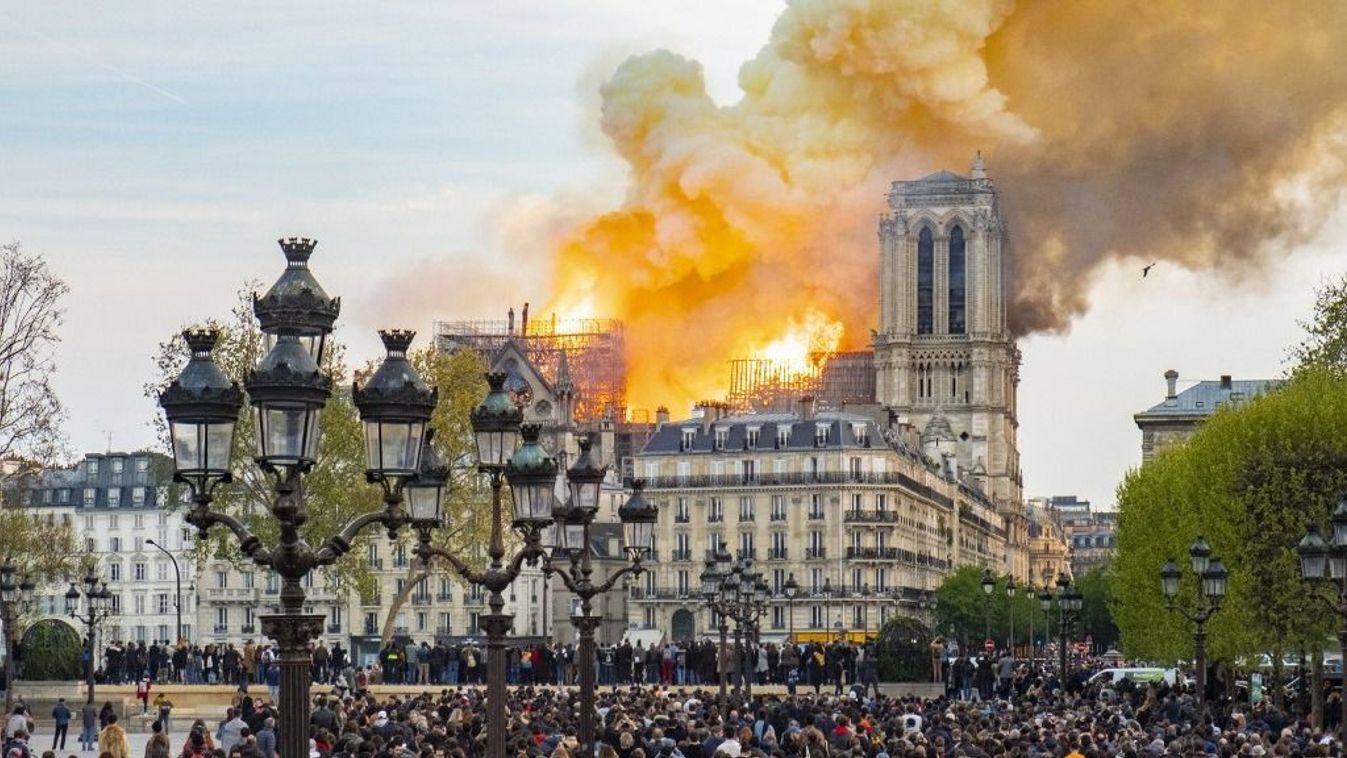
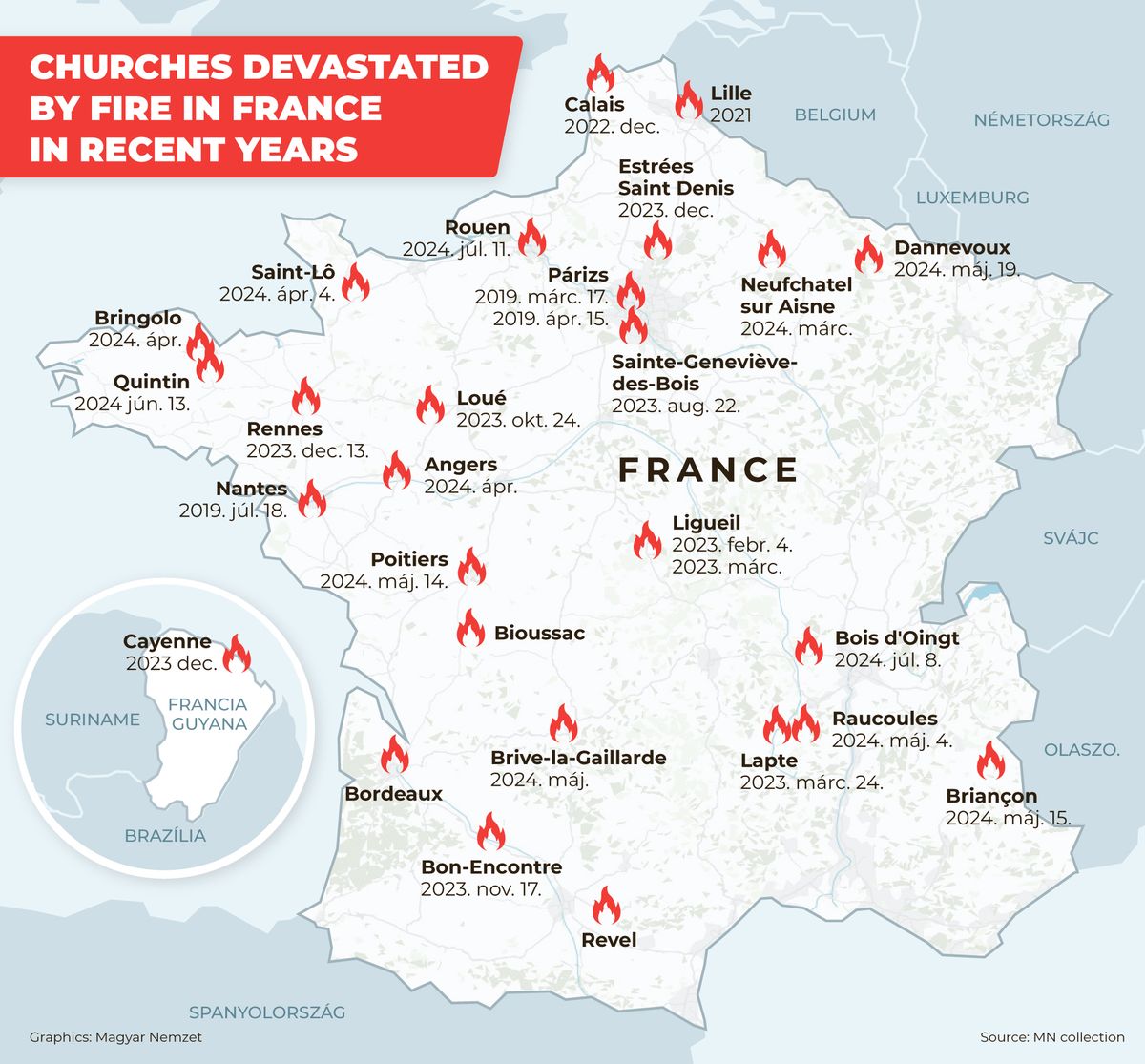
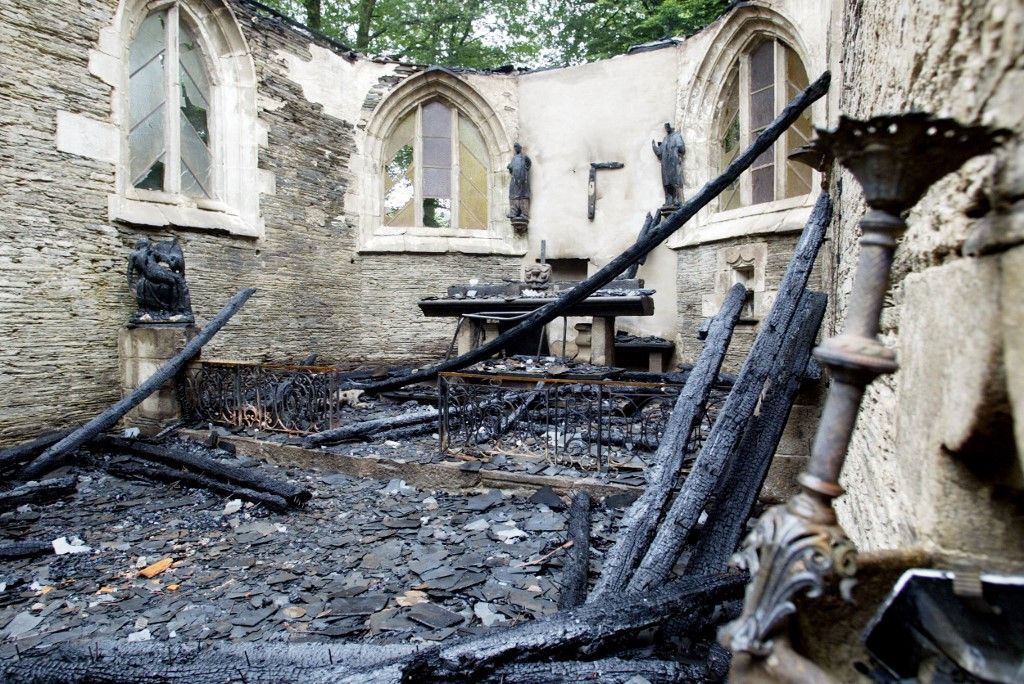






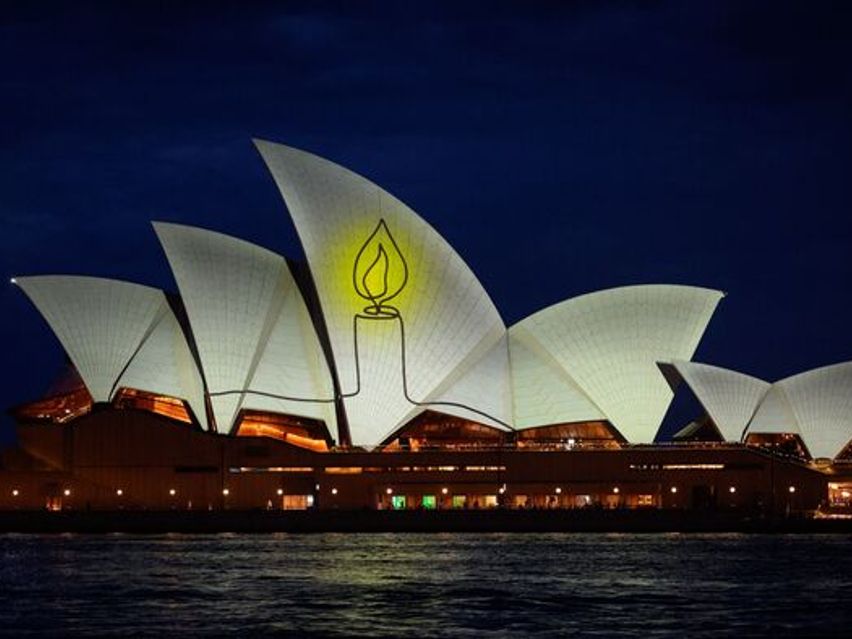





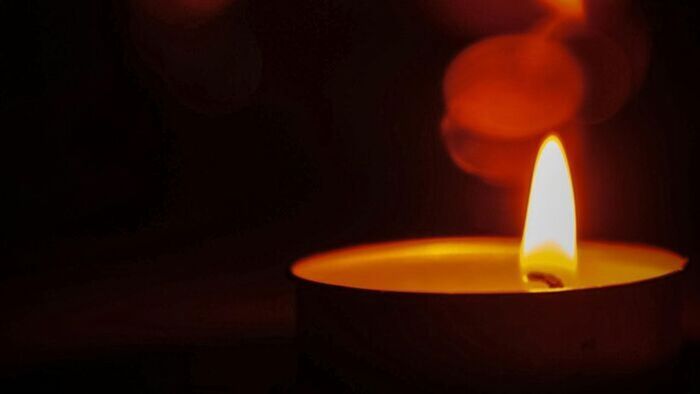

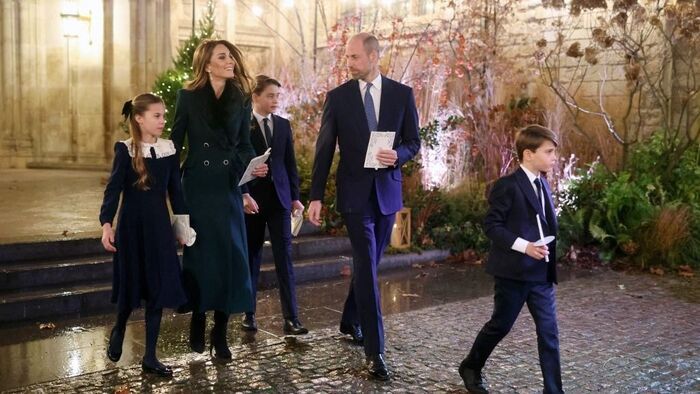





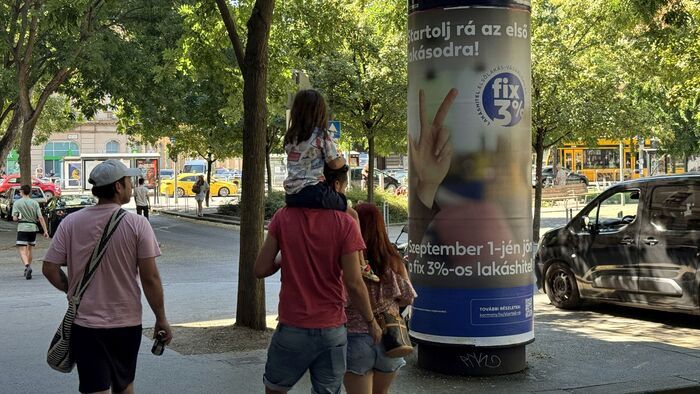

Szóljon hozzá!
Jelenleg csak a hozzászólások egy kis részét látja. Hozzászóláshoz és a további kommentek megtekintéséhez lépjen be, vagy regisztráljon!